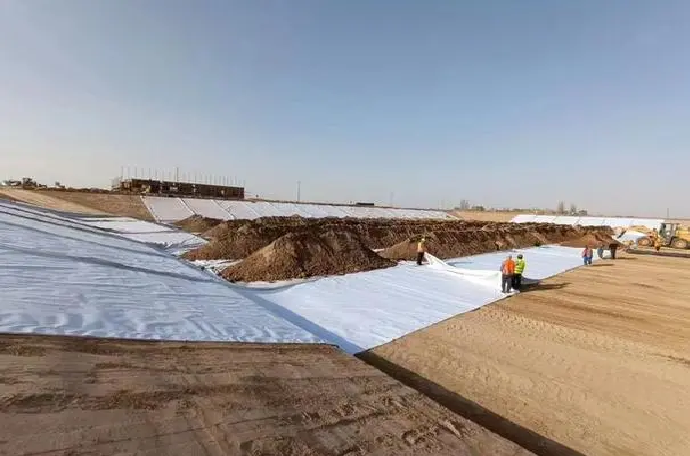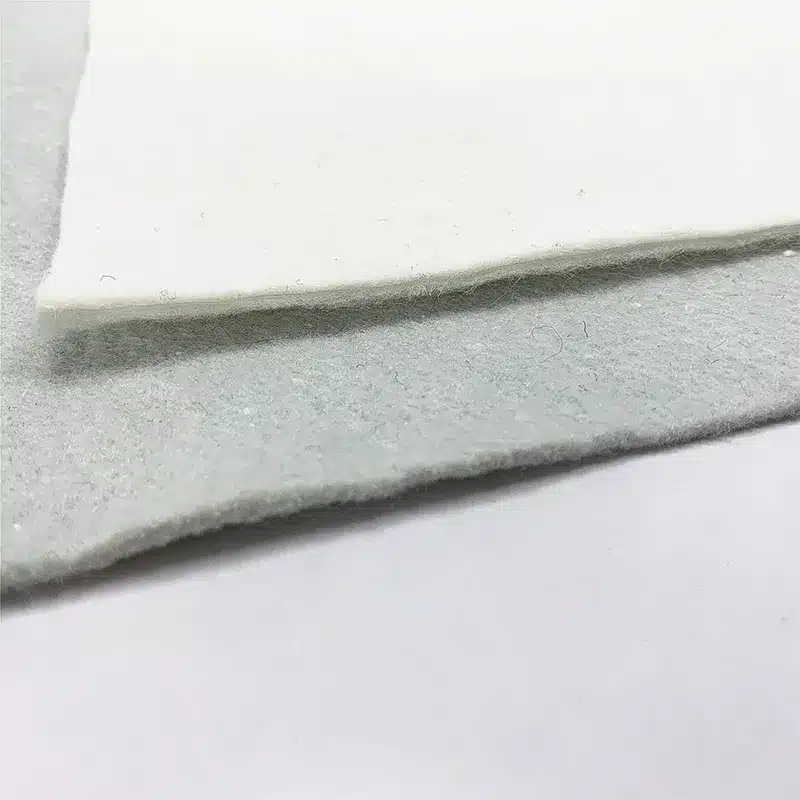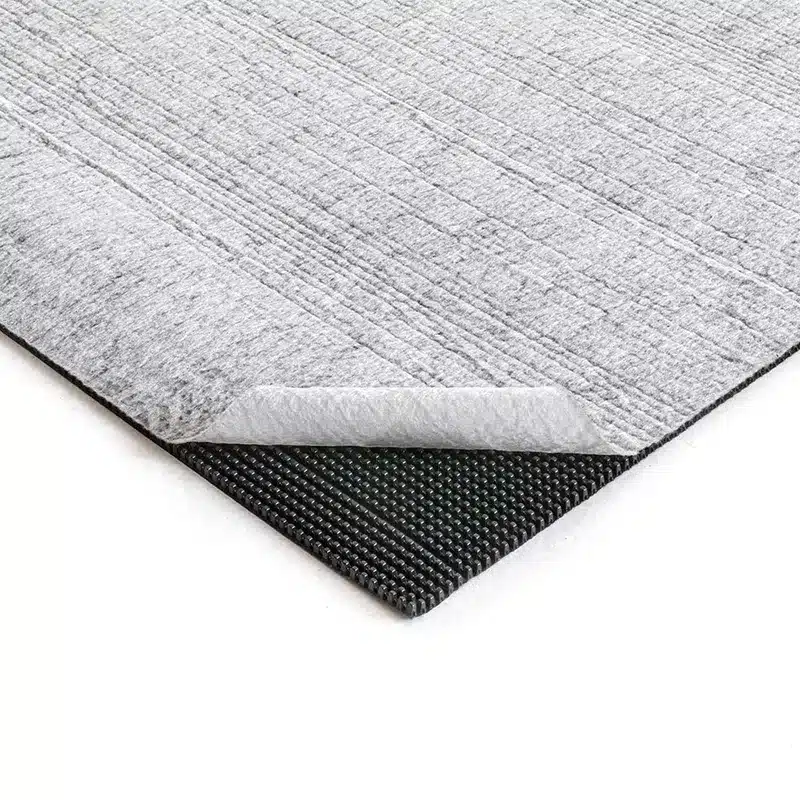+86-159 9860 6917
info@geofantex.com
geofantex@gmail.com
+86-400-8266163-44899
Geotextile form bags have become increasingly popular in civil engineering and construction due to their versatility and effectiveness. In this article, we will delve into the world of geotextile bags, understanding what they are, their applications, and their drawbacks. We will also explore the different types of geotextiles available.

What Is a Geotextile Bag?
A geotextile bag is a container made from permeable geotextile fabric, designed to hold sand, soil, gravel, or sediment while allowing water to pass through. It is widely used in civil engineering and environmental projects for erosion control, filtration, and ground stabilization.
- Function: The permeable fabric retains solid materials while releasing water, helping control erosion and manage sediment.
- Typical applications: Geotextile bags are commonly used along riverbanks, shorelines, slopes, and construction sites for erosion protection, flood control, dewatering, and soil stabilization.
- Key advantages: They are flexible, easy to install, and adaptable to different site conditions, making them an effective solution for both temporary and long-term engineering works.
Where should a geotextile bag be used?
Geotextile bags, made from permeable fabrics, are primarily used for engineering applications related to earth and environmental protection. They are suitable for various scenarios, including:
- Erosion Control: Geotextile bags can protect riverbanks or shorelines from erosion. They’re placed along the bank to absorb and lessen the impact of flowing water.
- Dewatering Applications: They are often used to dewater sludge or other sediment-filled water, allowing water to escape while trapping the solids inside the bag.
- Flood Barriers: Stacked geotextile bags can create temporary flood barriers to protect infrastructure during heavy rains or storms.
In summary, geotextile bags are versatile and can be applied in numerous environmental, construction, and agricultural projects where protection against erosion, sediment control, and water filtration are required.

What are the disadvantages of geotextile bags?
The disadvantages of geotextile bags include:
- Durability Issues: Geotextile bags can be susceptible to damage from ultraviolet (UV) exposure if not properly protected or buried. They may also degrade over time due to chemical exposure or biological activities.
- Limited Lifespan: Depending on the material and environmental conditions, the lifespan of geotextile bags can be shorter compared to other erosion control or stabilization methods.
- Installation Challenges: Proper installation requires skilled labor to ensure effectiveness and prevent issues like improper filling or placement. Misalignment or incorrect installation can reduce their effectiveness and lead to project failures.
- Cost Considerations: While they can be cost-effective for certain applications, the initial cost can be higher compared to traditional methods, especially when considering the need for skilled installation.
Where should a geotextile bag be used?
Geotextile bags, made from permeable fabrics, are primarily used for engineering applications related to earth and environmental protection. They are suitable for various scenarios, including:
- Erosion Control — Geotextile bags can protect riverbanks, beaches, or shorelines from erosion. They are installed along the slope or the bank to absorb energy and reduce the impact of flowing water or waves.
- Dewatering Applications — Geotextile bags are commonly used to dewater sludge, contaminated sediment, wastewater, or dredged material. Water escapes through the fabric while solids remain trapped inside, making disposal easier.
- Flood Barriers — Stacked geotextile bags can form temporary or emergency flood barriers. They help divert surface flow, block stormwater, and protect infrastructure during extreme rain or storm events.
- Slope and Soil Stabilization — When filled and placed on unstable slopes, geotextile bags provide extra weight and confinement to prevent soil movement or collapse.
In summary, geotextile bags are versatile and can be applied in environmental, construction, coastal, and agricultural projects where erosion prevention, sediment control, soil support, and water filtration are required.
In conclusion, geotextile form bags offer a versatile and effective solution for various engineering and construction challenges. Their applications span from erosion control to dewatering, making them valuable tools in the field of civil engineering. However, it’s essential to understand their limitations and choose the appropriate type of geotextile for a given project to ensure optimal performance and longevity.



Get Free Sample
We’ll respond as soon as possible(within 12 hours)






















